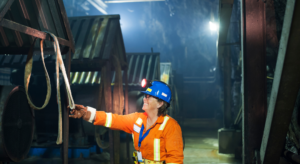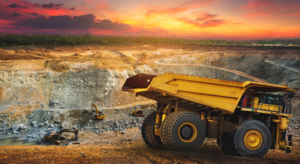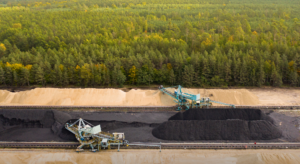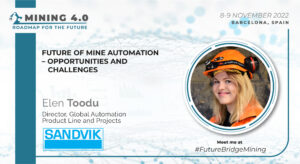One of the main areas of concern in the mining industry is skilled labor. Nowhere is this issue more visible than in Australia. The industry faces a shortage of almost 24000 workers this year, without a clear answer of where they may come from. So why are Australian mines running out of workers?
- An aging workforce: As the mining industry has grown over the years, many of the workers who were hired in the early days of the industry are now retiring. This is leading to a shortage of experienced workers to fill their positions. As Natural Resources Minister Madeleine King has stated, mining needs an image change, especially among Generation Z.
- A strong economy: Australia has a strong economy, and this has led to more job opportunities in other sectors of the economy. As a result, some workers who may have been interested in working in the mining industry in the past may now be pursuing other opportunities. Mines need skilled workers, which are often in demand in a variety of industries. The danger and difficulty of mining, as well as its negative environmental image, create a barrier for young specialists.
- A lack of skilled workers: The mining industry requires workers with specialized skills, and there may be a shortage of people with the necessary training and experience to fill these positions. Mining salaries are very competitive, but face increasing competition from fields like finance and IT, as intelligent, young adults tend to prefer more comfortable jobs.
- Geographical challenges: Many mining operations in Australia are located in remote areas, which can make it difficult to attract workers. These mines are often located in the hot, isolated interior of the country, which is not a desirable working location. While mining companies do take safety precautions very seriously, the day-to-day operations underground can be discomforting for many people. Coal mining in particular tends to generate images of dirty, soot-covered workers, which discourages young specialists.
- Competition from other industries: The mining industry may be competing with other industries for workers, particularly in regions where there are many job opportunities. This is especially true if the other industries are offering higher salaries, better benefits, or more favorable working conditions. Mining companies need to offer more then just competitive pay.
What should companies do?
AI and digitalization can take some labor pressure off of mines. Automation in particular is a viable method to limit the number of employees on the ground at a location. Similarly, it can allow certain workers to operate machinery remotely, which may be more desirable than moving to a remote location.
A key method to prepare for the future is to understand the strategies and experiences of other industry peers. Join key decision makers at the 2nd Energy Transition for the Metals and Mining Industry conference, on January 19-20th, in Toronto, Canada. Industry leaders will gather to discuss and exchange the best practices for implementing green fuel and sustainable infrastructure. Visit future-bridge.eu or mining-events.com and follow us on our social media to keep track of other events about sustainability in the mining and metals industry.





